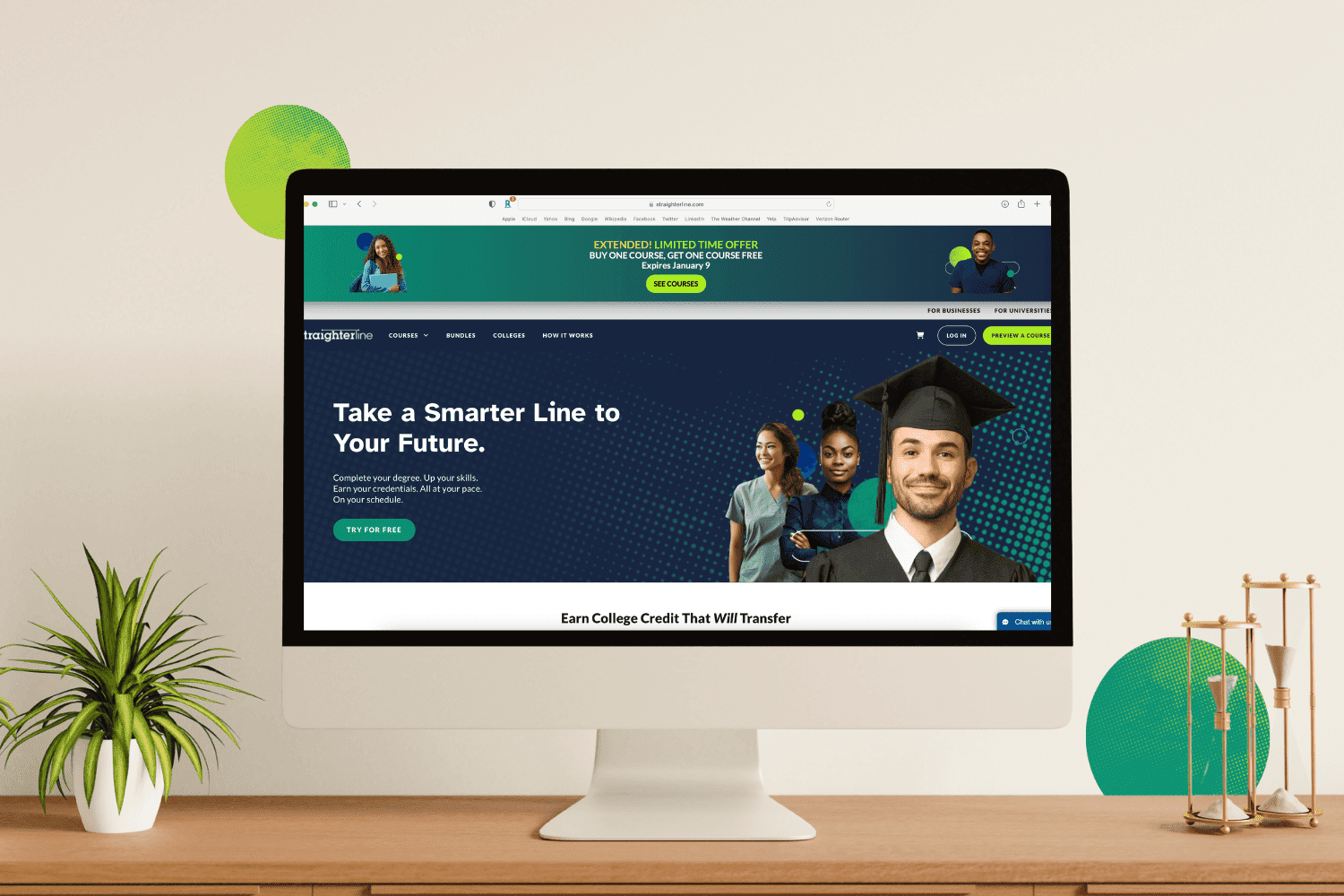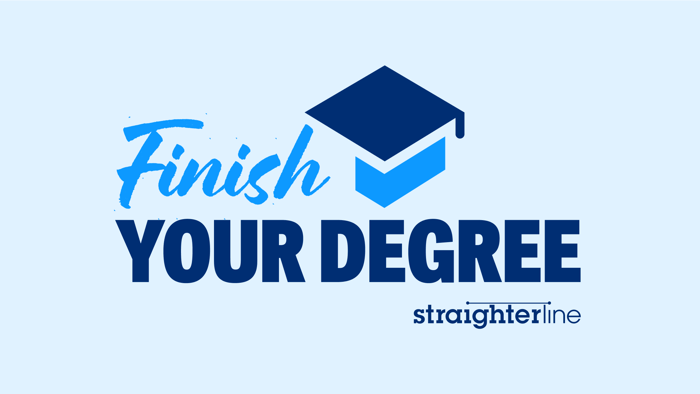What happens when you give tens of thousands of learners the opportunity to finally take that first step toward completing their degree? You make history.
This year’s Finish Your Degree Day on August 6, 2025 was a record-smashing success. With more than 1,000 free semesters claimed, 27,000+ free courses accessed, and 150+ total media placements reaching a potential audience of over 54 million, it wasn’t just our biggest campaign yet — it was a clear signal of where higher education is headed next.
Below, we’re unpacking the biggest takeaways from this year’s event — what learners chose, what surprised us most, and what it all means for the future of flexible, affordable online education.
1. Learners Are Taking Back Control of Their Education
One thing stood out across all 27,000+ free course enrollments: learners are reclaiming ownership of their educational journey. After years of rising costs and traditional barriers, students are drawn to the simplicity of pay-as-you-go, self-paced learning.
In our recent survey of 1,000 stopouts, 62% said cost was the number-one reason they left college — but 78% said they’d go back if offered free credit hours. Finish Your Degree Day made that hypothetical a reality.
The response? Immediate and enthusiastic. For many learners, the event felt like “a permission slip to start again” — a small but meaningful push toward something long delayed.
2. Health Science, Business, and College Math Courses Dominated
If you peeked into the most in-demand courses, you’d see a fascinating pattern: learners are choosing skills that create mobility. Courses in Health Science, Business, and College Algebra led the pack.
Why? Because they’re versatile — useful across dozens of majors and career paths.
This aligns with enrollment data we’ve tracked over the past year: adult learners increasingly favor courses that stack toward employability. In a changing economy, many learners aren’t just finishing degrees — they’re future-proofing their skill sets.
3. The “Stopout Comeback” Is Real
According to our recent research, over 40 million Americans have some college experience but no degree. Many of these individuals — known as “stopouts” — feel stuck, unsure how to re-enter higher education after years away.
Finish Your Degree Day changed that narrative.
This year, thousands of participants identified as returning adult learners. They weren’t “starting over” — they were picking up where they left off. For them, StraighterLine’s flexible, online-first model wasn’t just convenient — it was liberating.
4. Motivation Is Shifting from Obligation to Opportunity
Traditional education often frames college completion as something you have to do. But Finish Your Degree Day revealed a new mindset: learners are returning to education because they want to, not because they feel pressured to.
From career changers exploring new industries to parents showing their kids that it’s never too late, Finish Your Degree Day participants were driven by personal agency and self-worth, not just career ladders.
This echoes a key finding from our “College Stopout” study — 67% of stopouts said not finishing their degree feels like a personal failure, but Finish Your Degree Day helped reframe that narrative. Every course started was a small act of resilience and self-belief.
5. Social Momentum Drove Massive Reach
With 54.6 million potential impressions, Finish Your Degree Day didn’t just resonate with participants — it inspired an entire community. Universities, workforce partners, and influencers joined the conversation, sharing resources and stories of persistence.
That collective energy reinforced a powerful truth: education doesn’t happen in isolation. It’s contagious, especially when learners see others just like them taking the leap.
6. Cost Remains the #1 Barrier — and the #1 Opportunity
Even as Finish Your Degree Day offered free courses to more than 1,200 students, one message came through loud and clear: cost remains the biggest roadblock for most adult learners.
But Finish Your Degree Day also proved how a small reduction in financial risk can unlock massive engagement. When given even a single free course, learners were more likely to explore additional subjects, request transfer guidance, or plan a degree pathway.
This insight is shaping how StraighterLine and our partner institutions design future pathways — by meeting learners where they are, and removing as many barriers to a college education as possible.
7. The Future of Degree Completion Is Personal, Flexible, and Lifelong
Finish Your Degree Day wasn’t just about one day of learning — it was a preview of higher education’s future.
Learners aren’t content with “one-size-fits-all” degrees anymore. They want stackable credentials, career-aligned learning, and the ability to move between education and work seamlessly. Finish Your Degree Day showcased that future in action: students enrolling in micro-credential courses, bundling general education credits, and mapping out accelerated transfer paths.
It’s not just about finishing a degree — it’s about finishing your degree, in a way that fits your life.
Looking Ahead: From One Day to Every Day
As we wrap up this year’s Finish Your Degree Day, one thing is clear: the desire to complete college isn’t fading — it’s flourishing. The barriers are real, but so is the determination.
At StraighterLine, we’re dedicated to helping turn that determination into action. Whether it’s your first class back or your final one before graduation, our mission remains the same: to make education more affordable, accessible, and achievable — for everyone.
If you missed this year’s event, don’t worry — there’s never a wrong time to start (or restart) your degree.
Explore our courses, check out our partner colleges, or connect with our Enrollment Services team to see how you can finish your degree on your terms.
Explore Courses → | Find Your College → | Connect with Enrollment →
You can also check out the Free Preview to get a sneak peek of the StraighterLine student dashboard and what the learning experience is really like.
Here’s to every learner who said “yes” this year — and to the millions who will follow.












